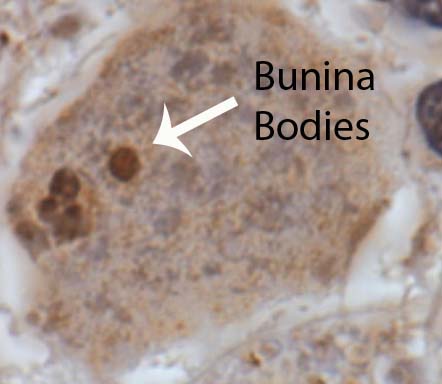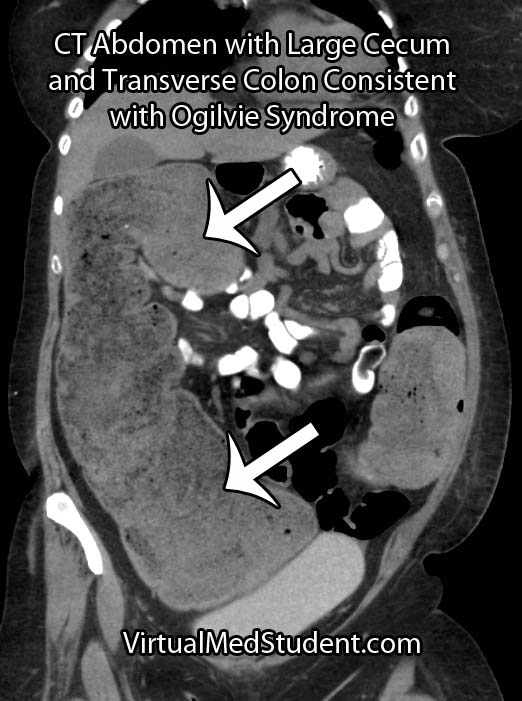Introduction
In its simplest terms, metabolic biochemistry is “fuel in, energy out”. The energy gained from burning fuel (ie: food) is used to drive all the processes going on in your body. These include the building of proteins, DNA (your genetic material), and fat, as well as mechanical things like muscle contraction.
Fuel for the human body takes three basic forms: carbohydrates (sugars), protein, and fat. Humans are capable of burning all three of these fuels, but do so at different times, rates, and under different circumstances. Using an extreme example, under starvation conditions the body burns its fat stores. Once fat stores are depleted the body begins digesting non-essential proteins and then essential proteins, which ultimately leads to organ damage and death. Thankfully, the body is relatively efficient and uses the best available fuel first before it has to tap into essential reserves.
Carbohydrates
Let’s start by discussing carbohydrates. Carbohydrates, or “carbs”, are simply sugar molecules linked to one another in varying arrangements. For example, starch, the most important carbohydrate in the human diet, is nothing more than numerous glucose molecules linked together in a long strand. Potatoes are an excellent example.
Another example of a carbohydrate is glycogen. Glycogen is how humans store excess glucose (a single sugar molecule) for later use.
Unlike starch, which is a long chain of individual glucose molecules, glycogen is a highly branched structure that allows the body to rapidly cleave off individual sugar molecules to be burned for energy.
Carbohydrates can be further broken down into 2 categories: simple and complex. We’ve all heard of the term “complex carbohydrates”, which is a fancy way of saying multiple sugar molecules linked together in a complicated way. Contrarily, a simple carbohydrate is merely a few (usually 1 to 3) sugar molecules linked together.
Why make the distinction between simple and complex carbs? For starters, simple carbohydrates are rapidly absorbed by the gut and enter the bloodstream very quickly. Candy bars are a great example! If you need a quick boost of energy unwrap a Snickers®!
The problem is that since simple carbs enter the bloodstream so rapidly they get metabolized quickly. This causes you to lose that energy boost fast, which is why you often feel “de-energized” an hour or so after eating "junk food". In contrast, complex carbs get degraded by the gut much less rapidly, and therefore slowly trickle into the bloodstream. This gives you a more sustained, but less pronounced energy boost. Whole grains are a great example of complex carbs.
Why all the hub-bub about carbohydrates? Because they are, for the most part, the first energy source that is utilized during exercise. This forms the basis behind “carbo loading”, or eating a meal rich in carbohydrates the night before, or morning of, a planned work out. During exercise, the body will then utilize the individual sugar molecules in the carbohydrates to provide energy for your muscles and brain. Once you run out of sugar (or the form that humans store it in, glycogen) your body turns to the other fuel sources, namely, protein and fat.
Fats
The next fuel that gets burned is fat. All human beings have a certain percentage of body weight that is fat. From an evolutionary stand point this is advantageous. During times of drought or famine there was not enough food to provide reliable carbohydrate or protein, and thus humans survived by “burning” their fat stores. In biochemical terms, fat is nothing more than long chains of carbon atoms linked together. Suffice it to say that it is the carbon in the fat that gets utilized to form energy that your muscles and other body tissues use.
Why not burn fat first? Because fat is not as efficient an energy provider as sugar. This is the reason that endurance athletes, a few hours into a work out, hit the proverbial “wall”. The wall represents the point where they have burned up all the carbohydrate in their body, and are now running on fat reserves. The decreased amount of energy gained per unit of fat, when compared to what you get with carbs, results in a relative feeling of fatigue.
These principles can also be used as a weight loss system. Using the basics of carbohydrate and fat metabolism it makes sense that people have difficulty losing weight when they exercise vigorously for only half an hour. This is because the quick vigorous exercise burns mostly carbohydrate stores in the liver (ie: glycogen); the body never touches its fat reserves!
In contrast, running a marathon (or a nice long walk or jog in the park) causes the body to tap into its fat reserves. This is also the idea behind exercising early in the morning before having breakfast. In the morning your body has been burning carbohydrates to keep all your organs functioning; therefore, in the morning your body has less carbohydrate available to burn because it was slowly getting eaten away during sleep. If you exercise at this point you’ll have to tap into your fat stores earlier than you normally would.
Proteins
The third and final fuel is protein. The body rarely burns protein as its sole fuel source, and when it does it is usually under conditions of starvation. Interestingly, when no carbohydrate is present in the diet, the body will use the amino acid backbones of protein to form glucose (a carbohydrate) in order to supply the brain with adequate energy.
It was once thought that protein provided the energy that athletes used during exercise. This was the basis behind the “steak-and-eggs” breakfast prior to an athletic event. This has fallen out of favor as biochemists (and athletes) now realize that the body prefers to burn carbohydrates, then fat, and finally protein if all else fails.
Overview
The three main fuel sources in humans are carbohydrates, fats, and proteins. They are used preferentially under different conditions. In general, the body burns carbohydrates, then fats, and then proteins, in that order.
It is important to realize that energy metabolism is not an "all-or-none" phenomenon. The body is constantly fine tuning the exact blend of carbohydrate, fat, and protein metabolism to ensure the appropriate supply of energy to the bodies tissues.
References and Resources
- Champe PC. Lippincott’s Illustrated Reviews: Biochemistry. Second Edition. Lippincott-Ravens Publishers, 1992.
- Nelson DL, Cox MM. Lehninger Principles of Biochemistry. Fifth Edition. New York: Worth Publishers, 2008.
- Summerbell CD, Cameron C, Glasziou PP. WITHDRAWN: Advice on low-fat diets for obesity. Cochrane Database Syst Rev. 2008 Jul 16;(3):CD003640.
- Elliott SA, Truby H, Lee A. Associations of body mass index and waist circumference with: energy intake and percentage energy from macronutrients, in a cohort of Australian Children. Nutr J. 2011 May 26;10(1):58. [Epub ahead of print]

